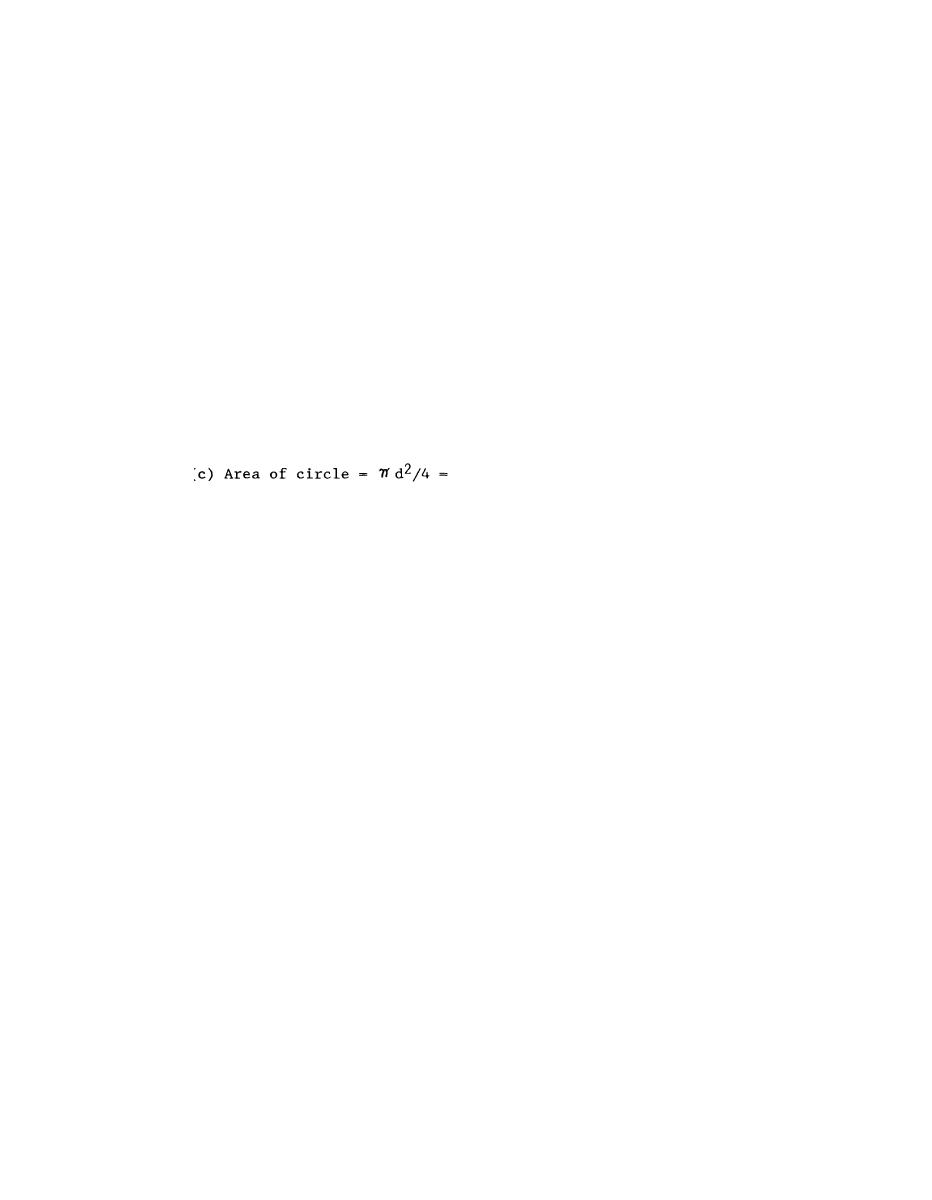

Custom Search
|
|

|
||
 (a) control airborne concentrations, dust, and vapor to keep below
Q4-1.
explosive or flammable levels
(b) control toxic particulates, gases, and vapors to keep below
exposure levels (TLVs) harmful to workers.
From Table 4-1, 50-100 fpm, use 100 fpm as recommended capture velocity.
Q4-2.
cfm = 3 ft * 2 ft * 100 fpm = 600 cfm
Q4-3.
Q4-4.
Hood, duct, air cleaner, fan and stack.
(b) 0.05 grains/thousand ft3
Q4-5.
Q4-6.
(a) Capture, Face
(b) 16, 20
(c) (50 ft * 100 ft * 8 ft) * 60 changes/hr/60 = 40,000 cfm
Q5-1.
(a) 4 ft * 8 ft * 100 fpm = 3,200 cfm (maximum)
Q5-2.
Q5-3.
= (3.1416 * 3 ft * 3 ft)/4 = 7.1 ft2
(a) Exhaust area in attic is not large enough
Q5-4.
(b) Inlet opening area into building is not large
True
Q6-1.
Q6-2.
True
True
Q6-3.
B-2
|
 
|
|
 |
||